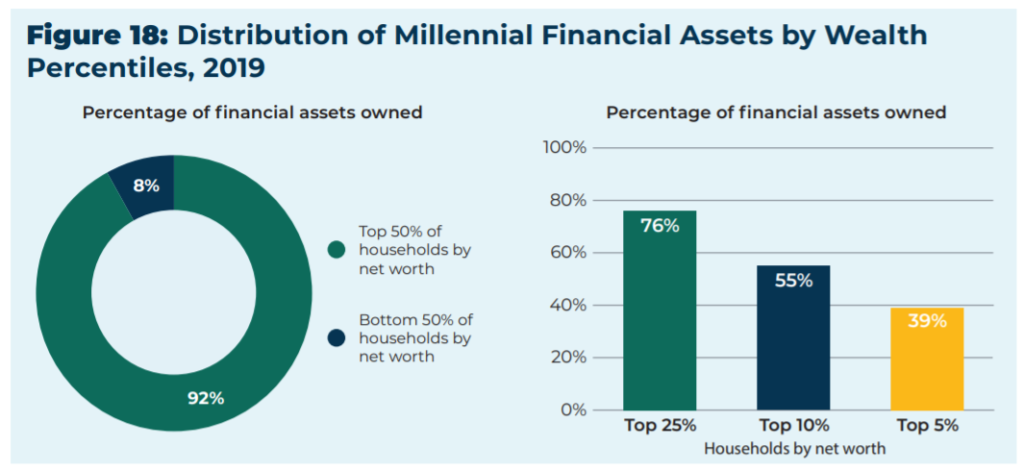Link: https://www.thelocal.com/20210718/spain-inches-ahead-with-pension-reform/
Excerpt:
A
Spain will pay workers to postpone retirement as part of a pensions reform strategy that analysts warn does not go far enough to cut a huge deficit in the system.
With nearly 30 billion euros ($36 billion) of annual losses in 2020 and rising, Spain’s social security budget is one of the biggest contributors to the country’s ballooning public deficit.
The European Commission has long demanded that Spain reform its pension system and has made it a condition for accessing European Union economic recovery funds.
Under a planned reform unveiled earlier this month that aims to get more people to work longer, Spain will give cheques worth up to 12,000 euros ($14,000) per year to retirement-age workers who postpone their retirement.
….
The 2013 reform also gradually increased the legal retirement age to reach 67 in 2027 from around 65 years currently.
….
Jordi Fabregat of the Esade business school said part of the problem is that Spain offers generous public pensions, with monthly payments amounting to 80 percent of a worker’s final salary compared with an average of 55 percent for all of Europe.
Publication Date: 18 July 2021
Publication Site: The Local



